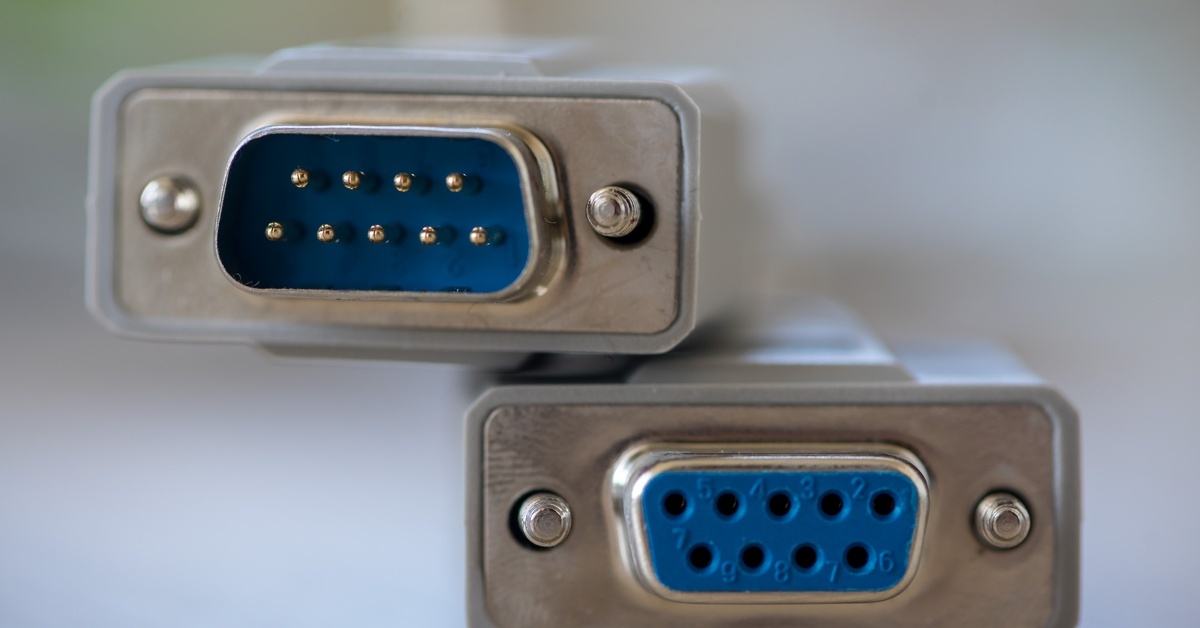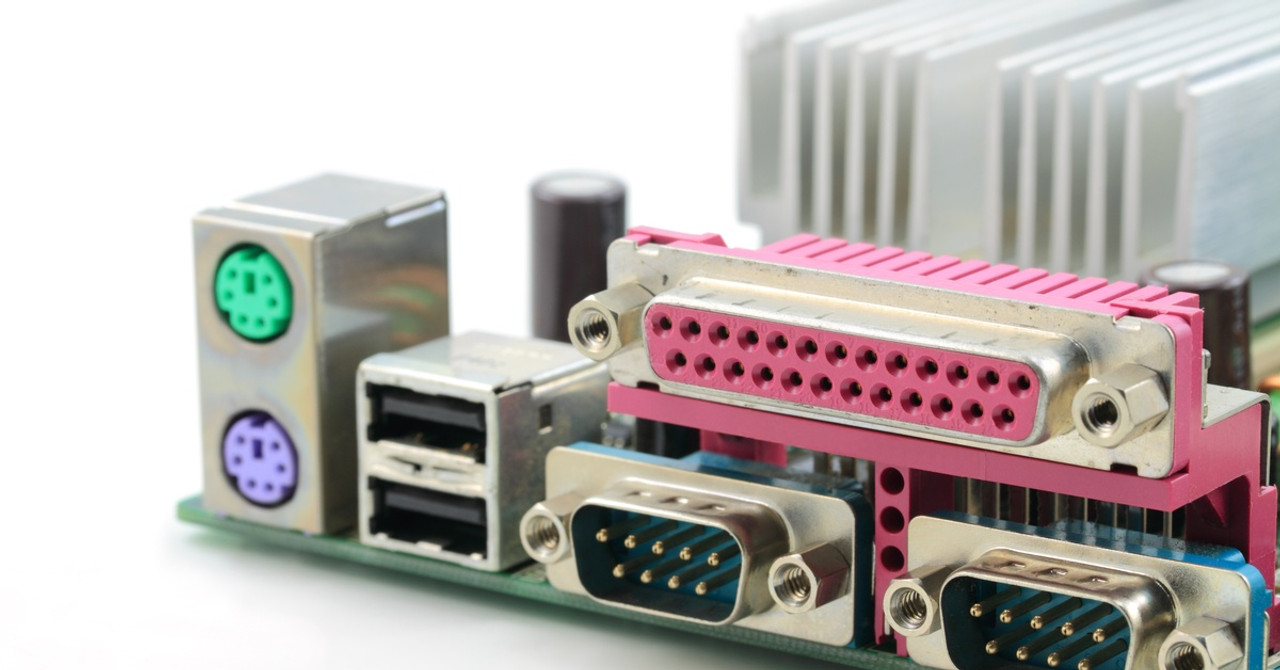When engineers and technicians work with data collection systems, they face a fundamental decision that can impact everything from system performance to long-term compatibility. The choice between USB and RS232 interfaces might seem straightforward at first glance, but each option brings distinct advantages that make them suitable for different applications.
Understanding these interfaces goes beyond simply knowing their technical specifications. The decision affects how efficiently data flows through your system, how long your equipment will remain functional, and whether your setup can adapt to future needs. Both USB and RS232 have earned their place in modern data collection systems, and the best choice for your data interface depends entirely on your specific requirements and operating environment.
RS232 Overview

Recommended Standard 232, or RS232, represents one of the oldest and most reliable serial communication standards still in active use. This interface standard has maintained its relevance for decades because it delivers consistent, predictable performance in environments where reliability takes precedence over speed. RS232 connections establish point-to-point communication links that resist interference and maintain stable connections even in electrically noisy industrial environments.
The simplicity of RS232 communication protocols makes troubleshooting straightforward when problems occur. Technicians can easily monitor RS232 data streams using basic tools, and the well-documented standard means that most technical professionals understand how these connections function. This transparency becomes invaluable when diagnosing system issues or verifying data integrity.
RS232 interfaces excel in applications where long-term stability matters more than high-speed data transfer. The robust electrical characteristics of RS232 signals make them less susceptible to electromagnetic interference than many newer interface standards. This resilience explains why RS232 remains the preferred choice for critical control systems and industrial automation equipment where communication failures can have serious consequences.
USB Overview
Universal serial bus (USB) technology has transformed how we connect devices. USB interfaces provide plug-and-play functionality that eliminates the complex configuration processes that older connection methods required. Modern USB standards support data transfer rates that far exceed what most applications need, making them ideal for high-throughput data collection scenarios.
USB connections offer several practical advantages that make them attractive for many applications. The interface provides both data transmission and power delivery through a single cable, which simplifies installations and reduces the number of connections required.
USB also supports hot swapping, allowing users to connect and disconnect devices without shutting down the entire system. This flexibility becomes particularly valuable when working with multiple measurement devices or when troubleshooting requires quick equipment changes.
The widespread adoption of USB means that most modern computers and devices include multiple USB ports as standard equipment. This universal compatibility eliminates the need for specialized hardware or additional interface cards in most situations. USB hubs can expand connectivity options, allowing a single USB port to support multiple devices simultaneously without significant performance degradation.
Speed Comparison

USB interfaces deliver significantly higher data transfer rates than RS232 connections can achieve. This massive speed difference makes USB the clear choice for applications that involve transferring large amounts of data quickly.
The speed advantage of USB becomes particularly important when working with high-resolution measurement devices or when collecting data from multiple sources simultaneously. USB can handle the continuous data streams from modern sensors without creating bottlenecks that might cause data loss or system delays. Applications that require real-time data processing benefit from USB's ability to maintain consistent high-speed communication.
However, many industrial measurement applications do not require the extreme speeds that USB provides. RS232's more modest data rates often exceed what sensors and measurement devices actually need to transmit. The key consideration becomes whether the application generates enough data to justify USB's speed advantages or whether RS232's reliability offers more practical value.
Durability Analysis
Physical durability represents a crucial factor when deciding if USB or RS232 is the right option for your data interface. RS232 connectors typically feature more robust mechanical designs with secure locking mechanisms that prevent accidental disconnections. The larger connector size allows for more substantial contact surfaces that resist wear and corrosion better than the smaller USB connectors.
USB connectors, while convenient for frequent connections and disconnections, may not withstand the mechanical stresses common in industrial settings as well as RS232 connections do. The smaller contact areas in USB connectors can be more susceptible to damage from repeated insertion cycles or exposure to harsh environmental conditions. However, industrial-grade USB devices often incorporate protective features that improve their durability in challenging environments.
Connectivity Performance
USB interfaces provide superior connectivity options for modern computing environments. Most current computers include multiple USB ports, and USB hubs can easily expand connectivity without requiring specialized hardware. USB's plug-and-play capability means that connecting new devices typically requires no manual configuration or driver installation.
RS232 connections often require dedicated serial ports or interface cards, as many modern computers no longer include built-in RS232 ports. This requirement can add complexity and cost to system installations, particularly when multiple RS232 devices need connections to a single computer. However, USB-to-RS232 adapters provide a practical solution that combines RS232's reliability advantages with USB's connectivity convenience.
Applications and Compatibility
USB interfaces dominate applications that prioritize ease of use and compatibility with modern computing equipment. Data logging applications, temporary measurement setups, and systems that require frequent device changes benefit from USB's speed and agility. USB also works well for applications that need to power measurement devices through the interface connection.
RS232 interfaces remain essential for legacy system integration and applications where long-term stability outweighs convenience factors. Many established industrial control systems and measurement devices use RS232 as their primary communication method. Replacing these systems solely to gain USB connectivity often proves economically impractical, making RS232 compatibility a practical necessity.
Implementing Multiple Interface Systems
Modern data collection systems increasingly incorporate both USB and RS232 interfaces to maximize flexibility and compatibility. This dual-interface approach allows systems to connect with the widest possible range of devices while optimizing performance for each specific application. USB handles high-speed devices and modern equipment, while RS232 manages legacy devices and critical control connections.
Multiple gage interface systems provide redundancy options that can improve overall system reliability. The combination of USB and RS232 interfaces future-proofs data collection systems by ensuring compatibility with both current and legacy equipment. As technology evolves, systems with multiple interface options can adapt more easily to changing requirements without requiring complete replacements. This flexibility reduces long-term costs and extends the useful life of data collection investments.
Revolutionize the way your workflow collects and stores data with multiple gage interface solutions from Advanced Systems and Designs. See how our plug-and-play systems can streamline your data solutions when you visit us today.

